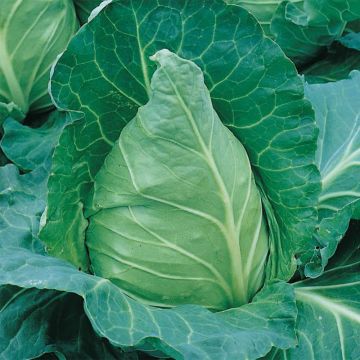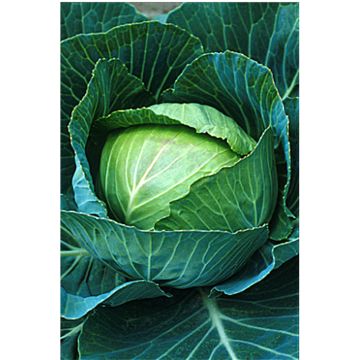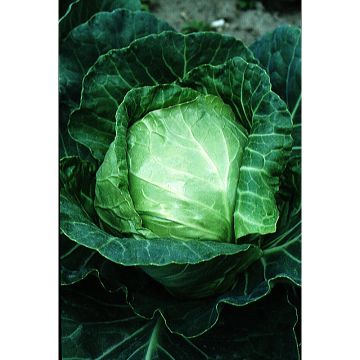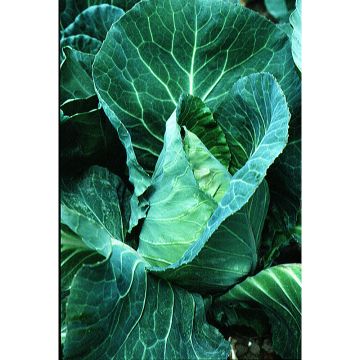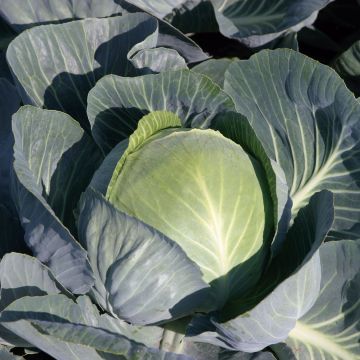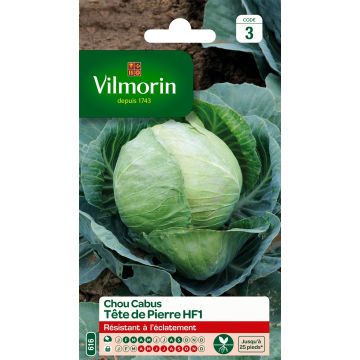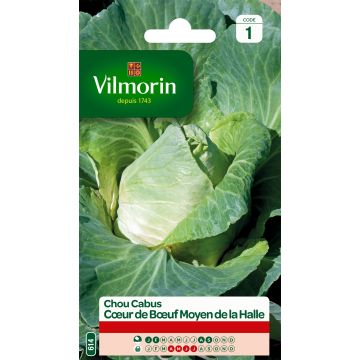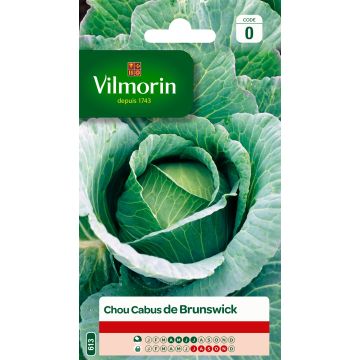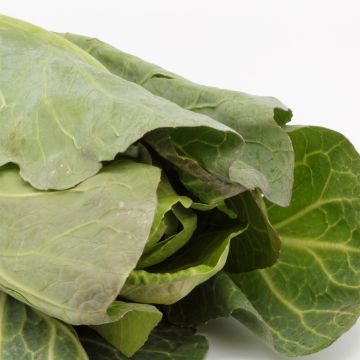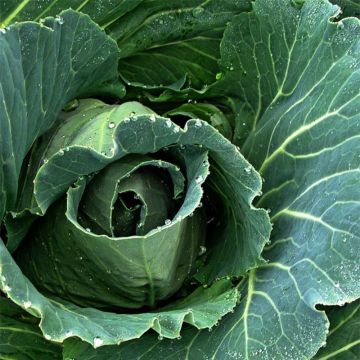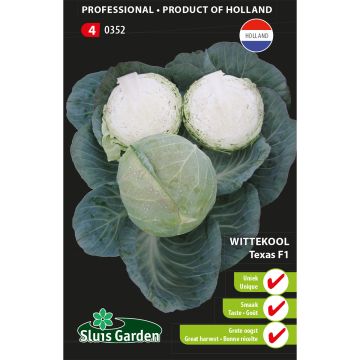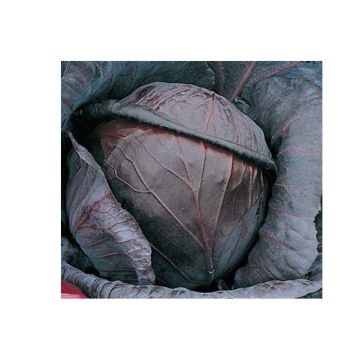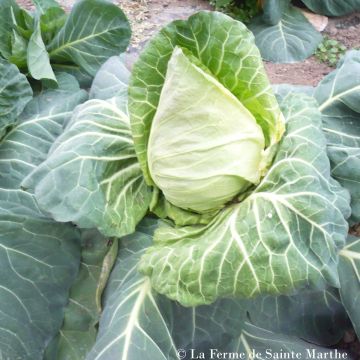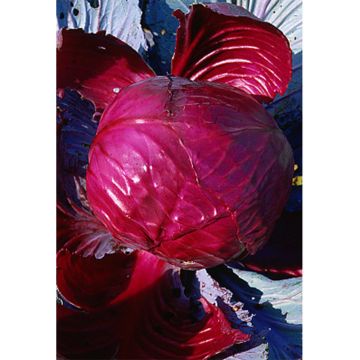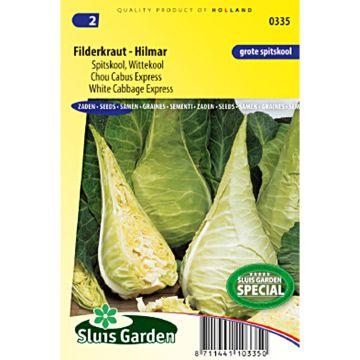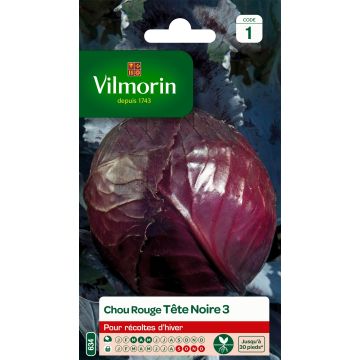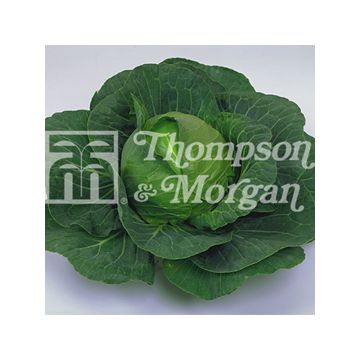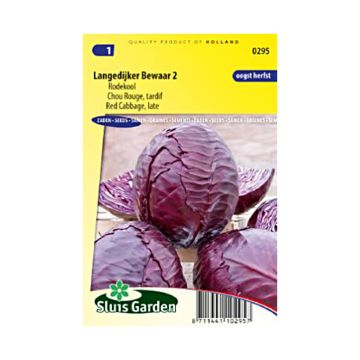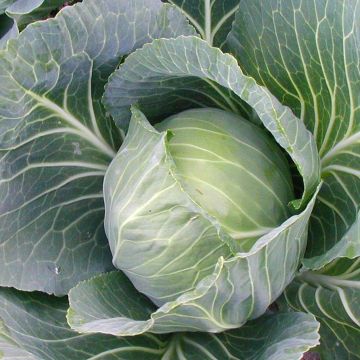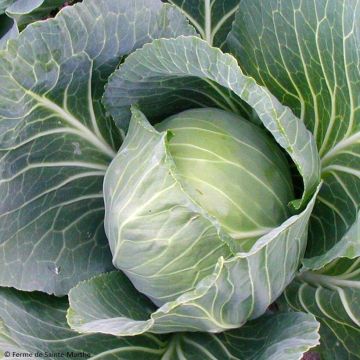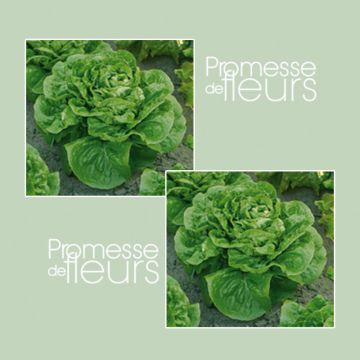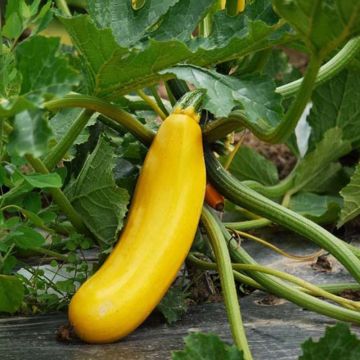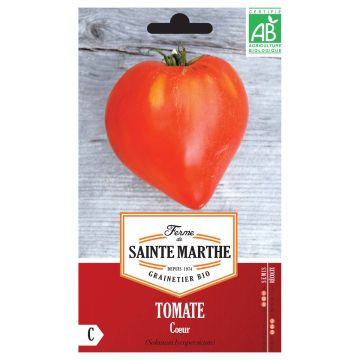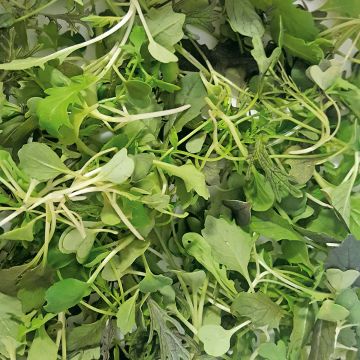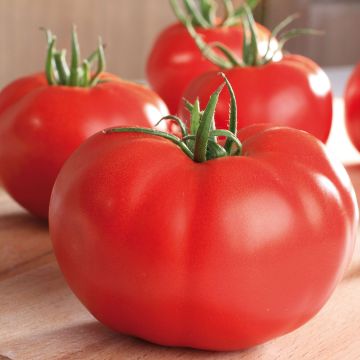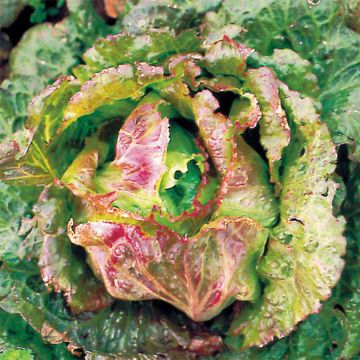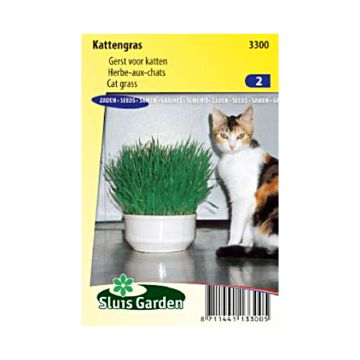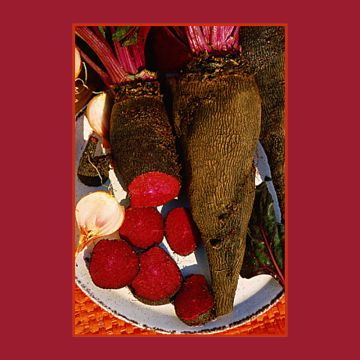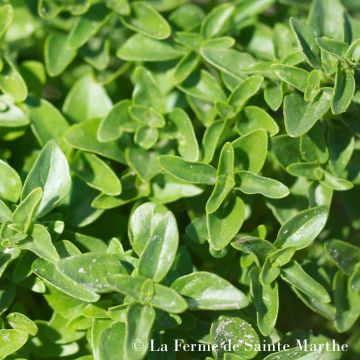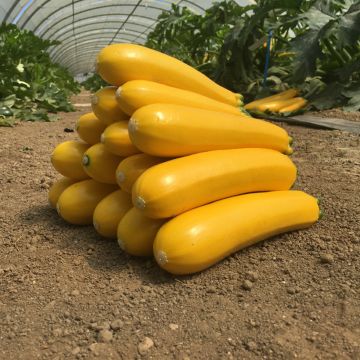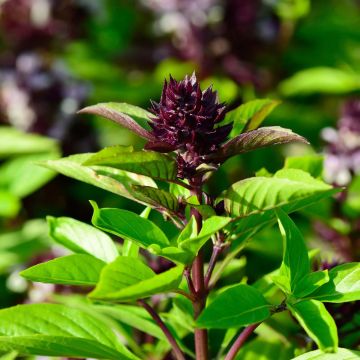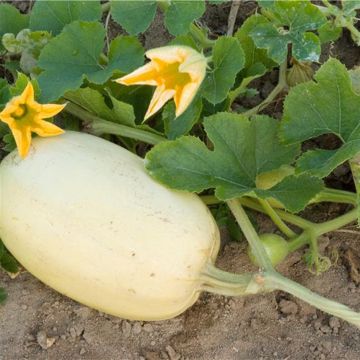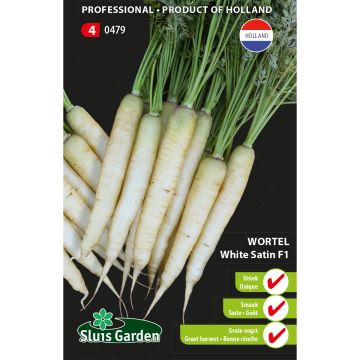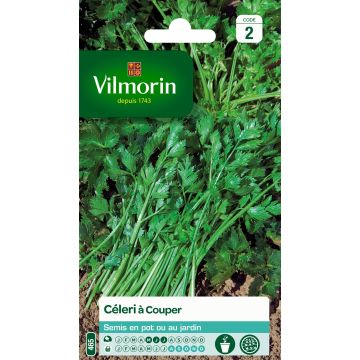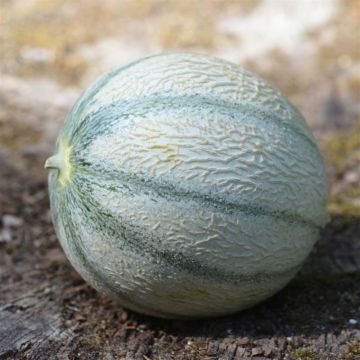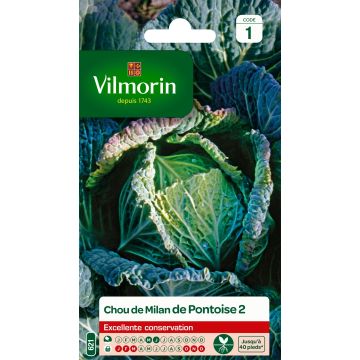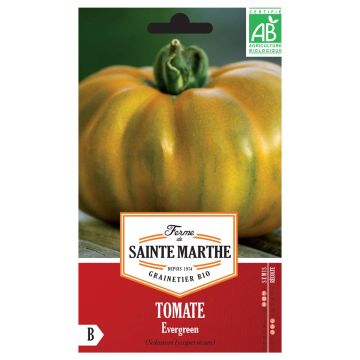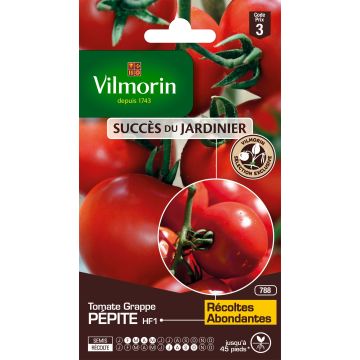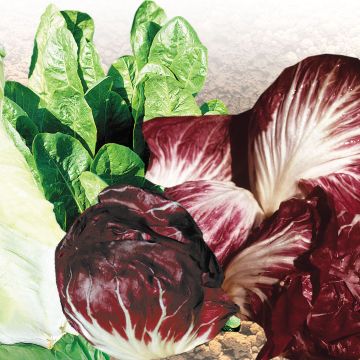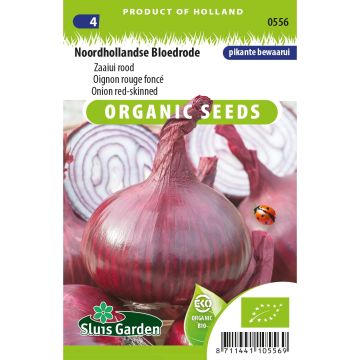Plantfit
Log in / Register
Existing customer?
New customer?
Create an account to track your orders, access our customer service and, if you wish, make the most of our upcoming offers.
My Account
Hello
Shipping country and language
Your country of residence may be:
For a better user experience on our website, you can select:
Your shipping country:
Andorra
Austria
Belgium
Bulgaria
Croatia
Czechia
Denmark
Estonia
Finland
France
Germany
Greece
Hungary
Iceland
Ireland
Italy
Latvia
Lithuania
Luxembourg
Monaco
Netherlands
Poland
Portugal
Romania
Slovakia
Slovenia
Spain
Sweden
Switzerland
Language:
French
English
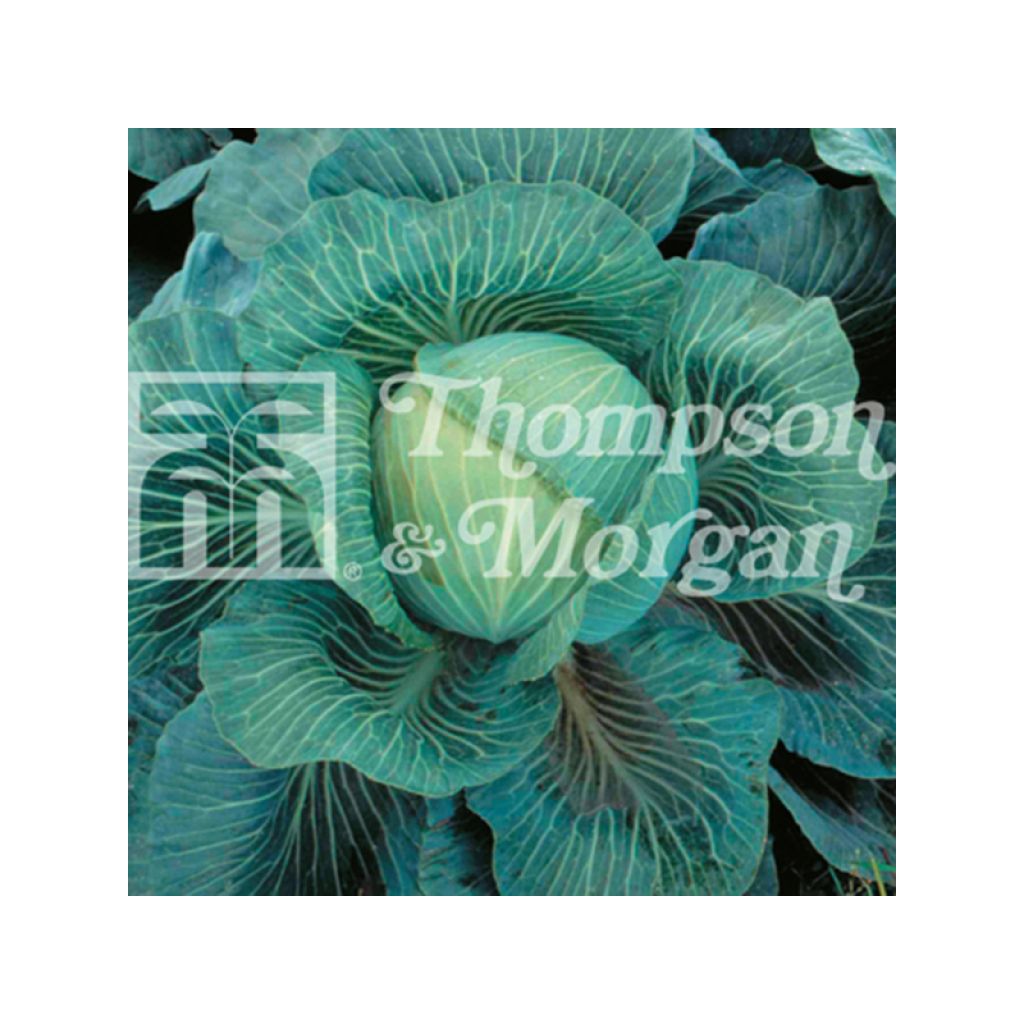

Chou Kilaton F1
Cabbage Kilaton F1 - Brassica oleracea capitata
Brassica oleracea capitata Kilaton F1
Cabbage
Order in the next for dispatch today!
Dispatch by letter from €3.90.
Delivery charge from €5.90 Oversize package delivery charge from €6.90.
More information
This item is not available in your country.
Select delivery date,
and select date in basket
This plant carries a 6 months recovery warranty
More information
We guarantee the quality of our plants for a full growing cycle, and will replace at our expense any plant that fails to recover under normal climatic and planting conditions.
Seed-only orders are dispatched by sealed envelope. The delivery charge for seed-only orders is €3.90.

Description
The 'Kilaton F1' Cabbage is a superb variety, highly resistant to Clubroot, which produces generous heads of delicious leaves in autumn. Highly appreciated in the UK, this cabbage has been awarded by the prestigious Royal Horticultural Society for its high quality. It can be sown from April to June for a harvest in October and November.
The Savoy Cabbage or Drumhead Cabbage is a popular leafy vegetable in the vegetable garden. Its generous heads are loved for both their flavour and appearance.
Also known as Drumhead Cabbage or Savoy Cabbage (in Latin Brassica oleracea capitata, capitata meaning "head"), this beautiful vegetable belongs to the large family of Brassicaceae (formerly Cruciferae). Originally from Europe, it is a biennial plant grown as an annual that produces a more or less compact head, which can be round, slightly flattened, or sharply conical in pointed varieties. The Savoy cabbage leaves are smooth and vary depending on the variety: from very light green, almost white, to dark green, sometimes slightly bluish, or red-tinged with violet to nearly black.
Cabbage, although emblematic of winter, can be sown and harvested almost all year round. Varieties are generally grouped into three main categories: spring cabbages that are harvested from late April to June, summer and autumn cabbages for the period from July, and winter cabbages that, along with leeks and parsnips, allow you to wait until the first spring harvests.
Savoy cabbage can be consumed raw or cooked. It can be shredded for salads, braised to accompany meat and fish dishes, stuffed, or used in soups and sauerkraut. There are plenty of recipes, both in traditional and modern cuisine.
From a dietary point of view, it is remarkable: it has low energy value but is very rich in vitamins C, B6, and B9. It also contains a lot of fibre and minerals like calcium.
In the vegetable garden, it is easy to grow if you meet its requirements: deep soil, excellent fertilisation, and regular moisture. It thrives in sunny locations and generally prefers cool and rainy climates.
NB: This variety is labelled F1 for "F1 hybrid" because it results from the cross-breeding of carefully selected parents to combine their qualities. This results in a variety that can be flavourful and early while resistant to certain diseases. Sometimes criticised or wrongly associated with GMOs, F1 hybrid seeds are attractive for their uniformity and resistance, but unfortunately, their qualities are not passed on to the next generations, so it will not be possible to save the seeds for future sowing.
Harvest: It is done when the cabbage forms a nice head before the leaves turn yellow. It is harvested by cutting just below the head with a knife.
Storage: Savoy cabbage can be kept in the refrigerator for several days. It can also be frozen well after being blanched in salted boiling water. Winter varieties can also be left in the ground. Finally, the preparation of sauerkraut (lacto-fermentation) allows for the flavourful preservation of white-headed autumn varieties.
Gardener's tip: Don't forget the flowers! Even though the vegetable garden is primarily for producing quality vegetables, it is always interesting to have flowers. Firstly, for the aesthetic pleasure they provide, especially for beautiful vegetables like cabbage, but also to repel pests and attract valuable pollinators. So, don't hesitate to plant Gaillardias, Marigolds, Zinnias, Cosmos, Nasturtiums, or even beautiful aromatic herbs like Dill in the middle of the rows or at the edge of the bed. However, be cautious with some plants, even though they are helpful, like Borage, which tends to self-seed abundantly in dedicated cultivation spaces.
Harvest
Plant habit
Foliage
Botanical data
Brassica
oleracea
capitata Kilaton F1
Brassicaceae
Cabbage
Cultivar or hybrid
Annual
Planting and care
Sowing:
The germination temperature of 'Kilaton' F1 Cabbage is around 15°C (59°F) (minimum 10°C (50°F), maximum 30°C (86°F)) and takes 5 to 14 days.
Sowing period: from April to June
Harvest period: from October to November
You can sow directly in place or prepare seedlings that will be later planted in their final position in the garden.
Preparing seedlings: Under shelter from late autumn to late winter or in a greenhouse in the garden for the rest of the year (according to the recommended sowing period), sow the seeds at a depth of 1 to 2 cm (0 to 1in) in a good seed compost or fine soil. Cover lightly with compost, and keep the substrate moist but not soggy.
When the young plants appear strong enough to be handled, transplant them into pots if necessary before planting them in the garden when there is no longer any risk of frost. During planting, respect the recommended spacing for direct sowing.
Direct sowing: In suitably amended and finely worked soil, make furrows 1 or 2 centimetres (0 or 1 inches) deep, spaced 60 centimetres (24 inches) apart. Sow the seeds and cover them with a thin layer of fine soil. When the seedlings are well developed, thin them out, leaving approximately one plant every 50 centimetres (20 inches).
Cultivation:
Cabbage is grown in full sun. It is a demanding vegetable that requires well-rotted, nitrogen-rich and potassium-rich soil. It is advisable, preferably in autumn, to generously add mature compost (about 3/4 kg per m2) by digging it in to a depth of 5 cm (2in), after loosening the soil, as is done for all vegetable crops. It is not very tolerant of soil pH, which should be between 5.6 and 6.5. In acidic soil, it will be necessary to gradually raise the pH by adding calcium in the form of dolomite or lime.
It is beneficial to associate it with many vegetables, such as tomatoes and lettuce. But avoid planting it near other Brassicas, such as fennel, lamb's lettuce, leeks and strawberries.
Beware of pests such as Cabbage White Butterfly or Flea Beetles, and consider using insect netting. Cabbage is generally quite susceptible to diseases such as Clubroot, so it is important to rotate crops in the plots.
Seedlings
Care
Intended location
This item has not been reviewed yet - be the first to leave a review about it.
Vegetable seeds
Haven't found what you were looking for?
Hardiness is the lowest winter temperature a plant can endure without suffering serious damage or even dying. However, hardiness is affected by location (a sheltered area, such as a patio), protection (winter cover) and soil type (hardiness is improved by well-drained soil).

Photo Sharing Terms & Conditions
In order to encourage gardeners to interact and share their experiences, Promesse de fleurs offers various media enabling content to be uploaded onto its Site - in particular via the ‘Photo sharing’ module.
The User agrees to refrain from:
- Posting any content that is illegal, prejudicial, insulting, racist, inciteful to hatred, revisionist, contrary to public decency, that infringes on privacy or on the privacy rights of third parties, in particular the publicity rights of persons and goods, intellectual property rights, or the right to privacy.
- Submitting content on behalf of a third party;
- Impersonate the identity of a third party and/or publish any personal information about a third party;
In general, the User undertakes to refrain from any unethical behaviour.
All Content (in particular text, comments, files, images, photos, videos, creative works, etc.), which may be subject to property or intellectual property rights, image or other private rights, shall remain the property of the User, subject to the limited rights granted by the terms of the licence granted by Promesse de fleurs as stated below. Users are at liberty to publish or not to publish such Content on the Site, notably via the ‘Photo Sharing’ facility, and accept that this Content shall be made public and freely accessible, notably on the Internet.
Users further acknowledge, undertake to have ,and guarantee that they hold all necessary rights and permissions to publish such material on the Site, in particular with regard to the legislation in force pertaining to any privacy, property, intellectual property, image, or contractual rights, or rights of any other nature. By publishing such Content on the Site, Users acknowledge accepting full liability as publishers of the Content within the meaning of the law, and grant Promesse de fleurs, free of charge, an inclusive, worldwide licence for the said Content for the entire duration of its publication, including all reproduction, representation, up/downloading, displaying, performing, transmission, and storage rights.
Users also grant permission for their name to be linked to the Content and accept that this link may not always be made available.
By engaging in posting material, Users consent to their Content becoming automatically accessible on the Internet, in particular on other sites and/or blogs and/or web pages of the Promesse de fleurs site, including in particular social pages and the Promesse de fleurs catalogue.
Users may secure the removal of entrusted content free of charge by issuing a simple request via our contact form.
The flowering period indicated on our website applies to countries and regions located in USDA zone 8 (France, the United Kingdom, Ireland, the Netherlands, etc.)
It will vary according to where you live:
- In zones 9 to 10 (Italy, Spain, Greece, etc.), flowering will occur about 2 to 4 weeks earlier.
- In zones 6 to 7 (Germany, Poland, Slovenia, and lower mountainous regions), flowering will be delayed by 2 to 3 weeks.
- In zone 5 (Central Europe, Scandinavia), blooming will be delayed by 3 to 5 weeks.
In temperate climates, pruning of spring-flowering shrubs (forsythia, spireas, etc.) should be done just after flowering.
Pruning of summer-flowering shrubs (Indian Lilac, Perovskia, etc.) can be done in winter or spring.
In cold regions as well as with frost-sensitive plants, avoid pruning too early when severe frosts may still occur.
The planting period indicated on our website applies to countries and regions located in USDA zone 8 (France, United Kingdom, Ireland, Netherlands).
It will vary according to where you live:
- In Mediterranean zones (Marseille, Madrid, Milan, etc.), autumn and winter are the best planting periods.
- In continental zones (Strasbourg, Munich, Vienna, etc.), delay planting by 2 to 3 weeks in spring and bring it forward by 2 to 4 weeks in autumn.
- In mountainous regions (the Alps, Pyrenees, Carpathians, etc.), it is best to plant in late spring (May-June) or late summer (August-September).
The harvesting period indicated on our website applies to countries and regions in USDA zone 8 (France, England, Ireland, the Netherlands).
In colder areas (Scandinavia, Poland, Austria...) fruit and vegetable harvests are likely to be delayed by 3-4 weeks.
In warmer areas (Italy, Spain, Greece, etc.), harvesting will probably take place earlier, depending on weather conditions.
The sowing periods indicated on our website apply to countries and regions within USDA Zone 8 (France, UK, Ireland, Netherlands).
In colder areas (Scandinavia, Poland, Austria...), delay any outdoor sowing by 3-4 weeks, or sow under glass.
In warmer climes (Italy, Spain, Greece, etc.), bring outdoor sowing forward by a few weeks.
